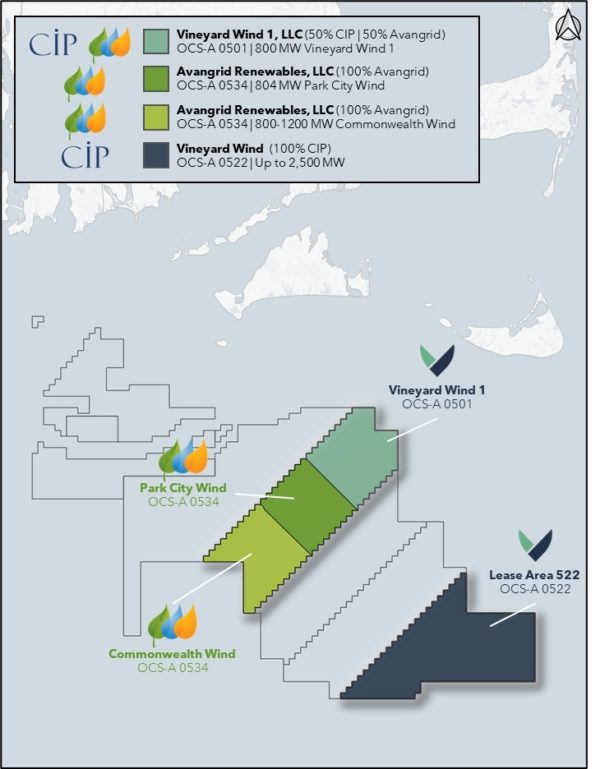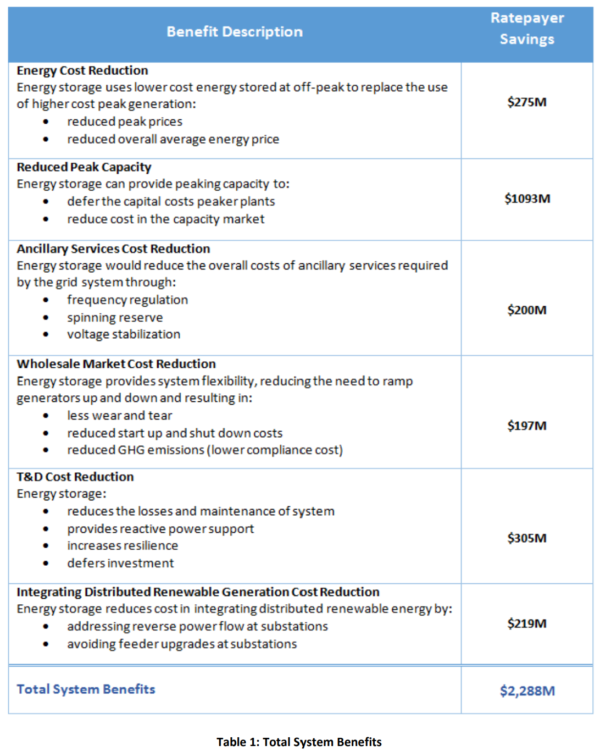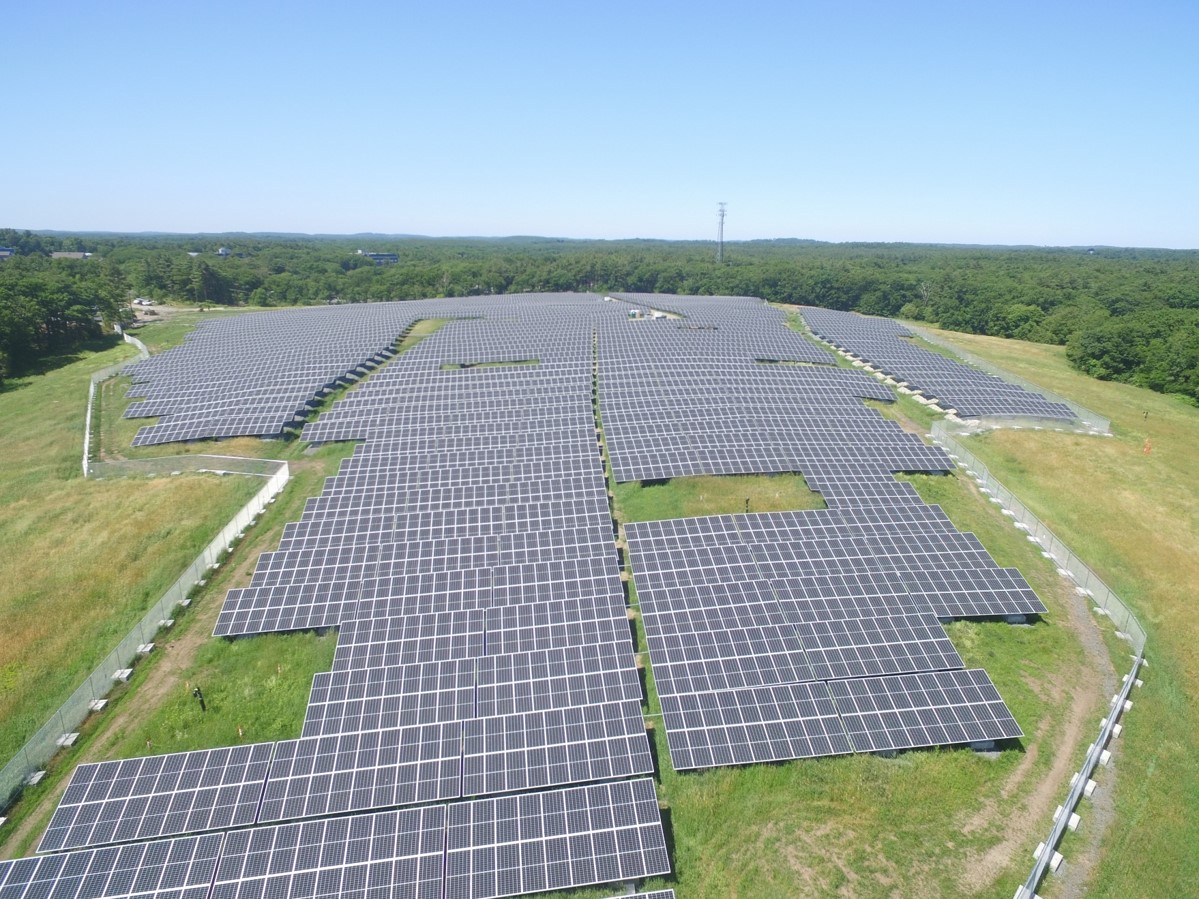A request for proposals for the Consulting Services for the Massachusetts Technical Potential of Solar Study has been released by the state’s Department of Energy & Resources (DOER). The purpose of the document is to help guide the state in policy creation as it moves toward a required additional 2GW of solar power by 2030. It is estimated that fully decarbonizing the state by 2050 will require a total deployment of 10 to 20 gigawatts.

The request for proposal (RFP), released last Tuesday, gives potential respondents until March 16 to formulate and submit questions. Following the DOER’s response to those questions, a quote for services will be due on April 13, 2022 by 4 p.m. EST. Winners will be notified the following month, with the contract to be signed soon thereafter. The work will begin in June of this year.
The project is expected to be completed by June 30, 2023. The DOER has set a maximum price of $150,000 for the services.
The DOER outlines five key tasks to be completed as part of the RFP:
- Stakeholder engagement
- Spatial analysis
- Greenhouse gas analysis
- Policy considerations
- Develop online resource and report
These tasks require the creation of focus group discussions and will require stakeholders to collect information from environmental justice populations. Applicants are asked to develop a methodology for ranking potential sites based on a variety of factors including land constraints and impacts to natural resources, and to model the economic factors that result from different types of solar development. Potential consultants are also asked to weigh the loss of sequestered carbon from land conversion against the electric generation of the solar facility, in order to determine lifecycle GHG benefits.
The state notes that the 3GW of solar power currently installed ended up using 7,900 acres of land, 50% of which was forest land that was cleared to install facilities. Massachusetts’ land area is approximately 6.7 million acres, meaning the current solar capacity has used 0.11% of the state’s area to generate almost 7.7% of the state’s electricity demand.
Massachusetts currently has greater than 100,000 individual solar power facilities installed.
Those facilities will soon be complemented by a massive amount of wind and energy storage.

Recent bids have secured more than 5GW of offshore wind, including 2.4 to 2.6GW to be developed by Avangrid Renewables, and another 2.5GW to be developed by Vineyard Wind.
In 2015, the state commissioned an energy storage report – State of Charge, which suggested that installing 600MW of battery power could save rate payers more than $2 billion. What is most interesting is that these numbers were based on pricing from the first half of the 2010s, just as energy storage was beginning its precipitous price decline of 90%.

The State of Charge report also suggested that 1,766MW of energy storage could eventually be deployed, offering a full range of services. This volume of capacity, again based on battery pricing from the early 2010’s, showed a benefit to cost ratio of 2.77 to 1.
In the years following the report, Massachusetts has been slowly establishing multiple energy storage programs, which now include battery adders for the SMART solar program and the Clean Peak Program.
A recent analysis of Connecticut solar potential found that one third of the state’s electricity demand could be met by putting solar panels on top of existing parking lots. Adding rooftop solar would bring that value to 85.5% of the state’s total electricity demand.
This content is protected by copyright and may not be reused. If you want to cooperate with us and would like to reuse some of our content, please contact: editors@pv-magazine.com.









By submitting this form you agree to pv magazine using your data for the purposes of publishing your comment.
Your personal data will only be disclosed or otherwise transmitted to third parties for the purposes of spam filtering or if this is necessary for technical maintenance of the website. Any other transfer to third parties will not take place unless this is justified on the basis of applicable data protection regulations or if pv magazine is legally obliged to do so.
You may revoke this consent at any time with effect for the future, in which case your personal data will be deleted immediately. Otherwise, your data will be deleted if pv magazine has processed your request or the purpose of data storage is fulfilled.
Further information on data privacy can be found in our Data Protection Policy.